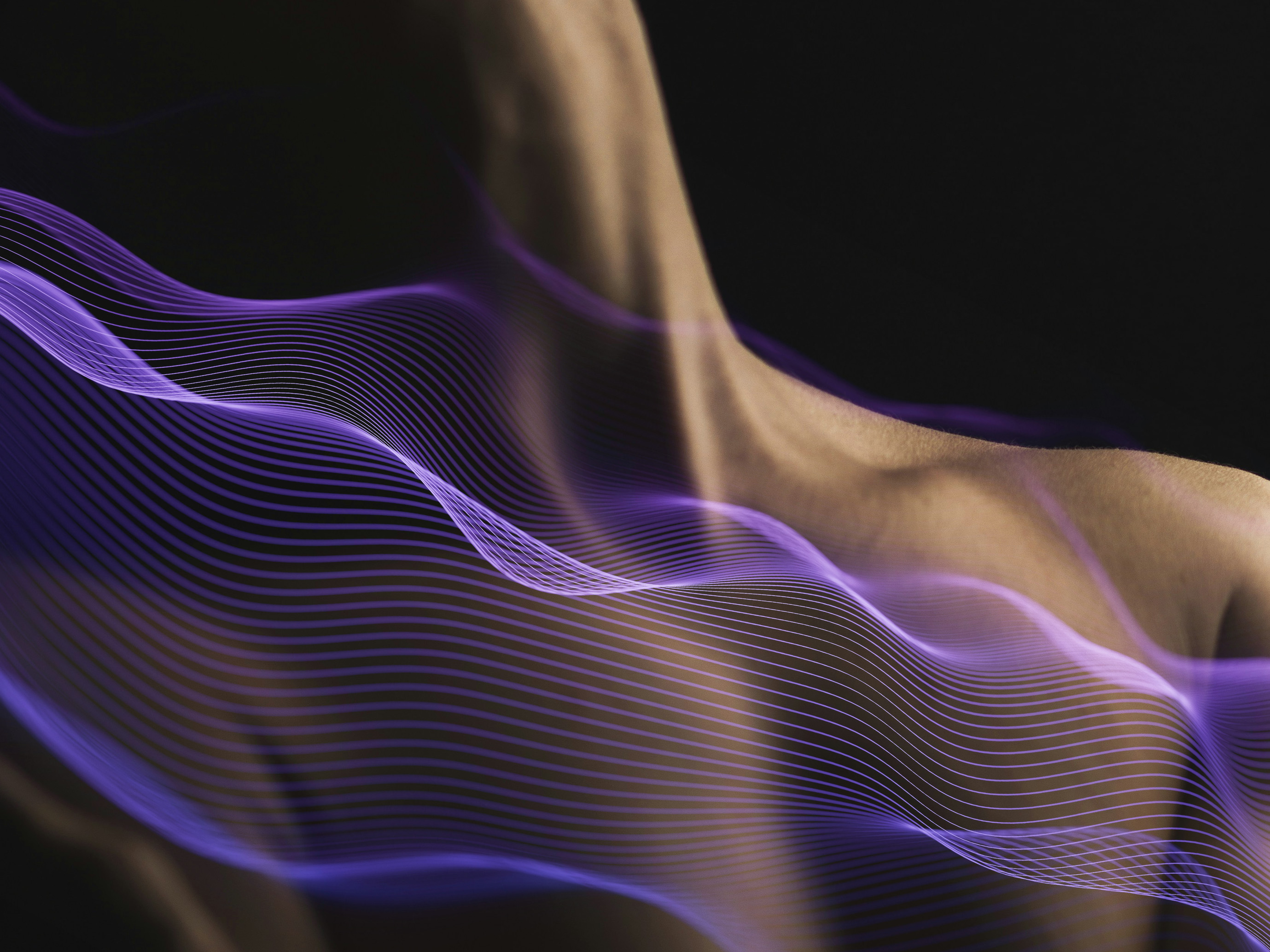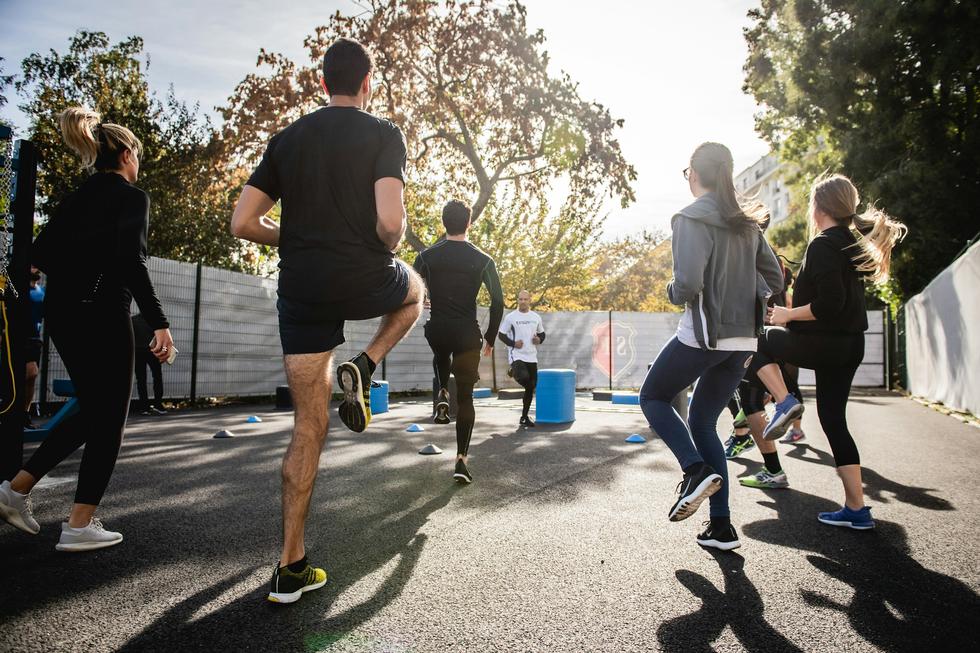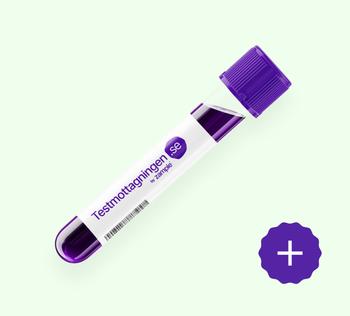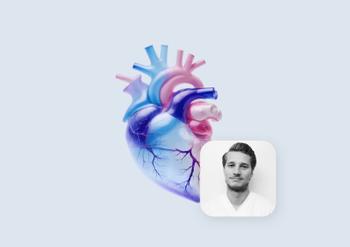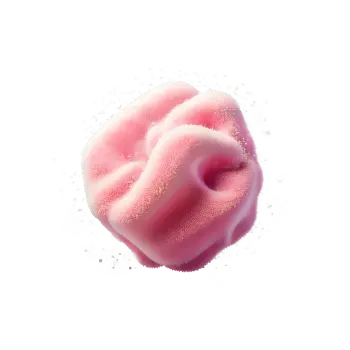Quick version
A stroke, or cerebrovascular accident, occurs when the blood flow to the brain is interrupted, leading to damage to brain cells. There are two types: ischemic stroke (blood clot) and hemorrhagic stroke (bleeding).
The symptoms can be summarized with FAST:
- Face: Paralysis or numbness, often on one side.
- Arms: Weakness or paralysis in an arm or leg, often on one side.
- Speech: Difficulty speaking or understanding speech.
- Time: Every minute counts. Call 911 immediately.
Other symptoms can include sudden headache, vision loss, dizziness, and balance problems.
Risk factors include high blood pressure, smoking, diabetes, high cholesterol, obesity, physical inactivity, alcohol abuse, heart diseases, genetics, and age.
How can you prevent a stroke?
A healthy lifestyle with exercise, a balanced diet, smoking cessation, and moderate alcohol consumption reduces the risk. Treat high blood pressure, high cholesterol, and diabetes with regular health check-ups and follow medical advice.
Can you fully recover from a stroke?
Recovery varies, but many can recover fully or partially. Early rehabilitation and support from healthcare professionals, family, and friends are crucial.
By recognizing the symptoms and risk factors and taking preventive measures, you can reduce the risk and improve the chances of quick and effective treatment.
What is a stroke?
A stroke, also known as a cerebrovascular accident, occurs when the blood flow to a part of the brain is interrupted, leading to oxygen deprivation and damage to brain cells. There are two main types of stroke: ischemic stroke, caused by a blood clot, and hemorrhagic stroke, caused by bleeding in the brain.
What are the symptoms of a stroke?
The most common symptoms of a stroke can be summarized with the acronym FAST:
- Face: Sudden paralysis or numbness in the face, often on one side.
- Arms: Weakness or paralysis in an arm or leg, particularly on one side of the body.
- Speech: Difficulty speaking or understanding speech.
- Time: Every minute counts. If you suspect a stroke, call 911 immediately.
Other stroke symptoms can include sudden severe headache, vision loss or double vision, dizziness, and balance problems.
What are the risk factors for stroke?
Risk factors for stroke include high blood pressure, smoking, diabetes, high cholesterol, obesity, physical inactivity, alcohol abuse, and certain heart diseases. Genetics and age also play a role, as the risk increases with age and if there is a family history of stroke.
How can you prevent a stroke?
A healthy lifestyle that includes regular exercise, a balanced diet rich in fruits and vegetables, and avoiding smoking and excessive alcohol consumption are important factors in reducing the risk of stroke.
It is also important to monitor and treat conditions like high blood pressure, high cholesterol, and diabetes with regular health check-ups and by following medical advice.
Are you at risk of a stroke? Purchase a Comprehensive Health Check today and get insights into your overall health status just a few days after your blood test.
Can you fully recover from a stroke?
Many stroke survivors can recover fully or partially, but recovery varies depending on the severity of the stroke and how quickly treatment is received. Some may experience long-term or permanent disabilities and need to adjust their lives accordingly. Early rehabilitation and support from healthcare professionals, family, and friends are crucial for recovery after a stroke.
By being aware of the symptoms of a stroke, knowing the risk factors, and taking preventive measures, you can reduce your risk and improve your chances of quick and effective treatment in the event of a stroke.

